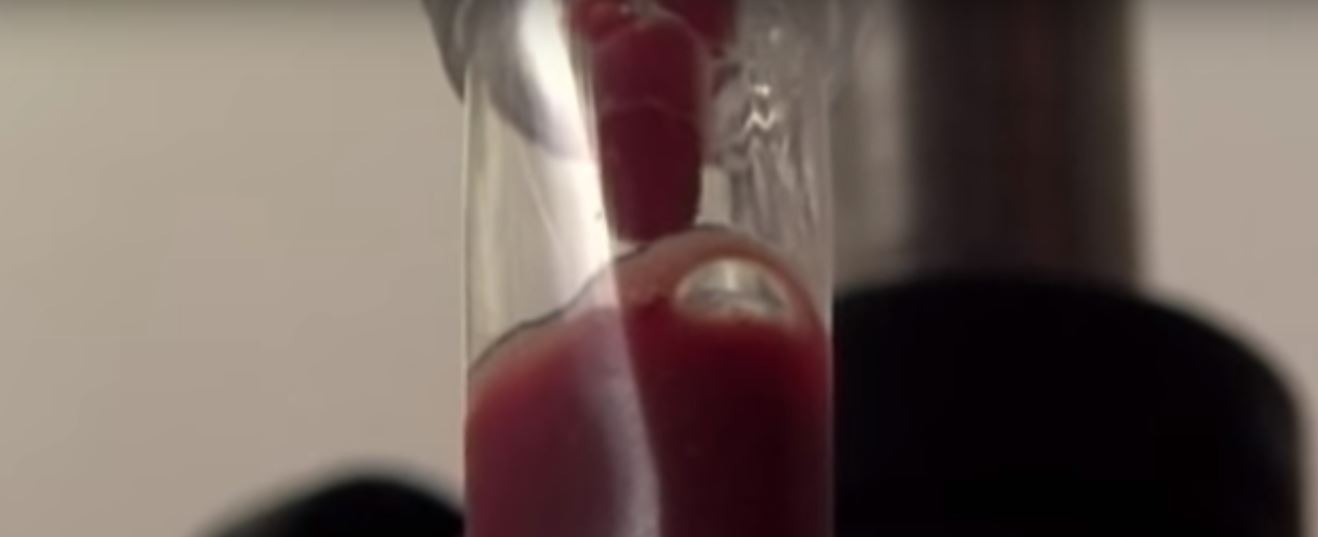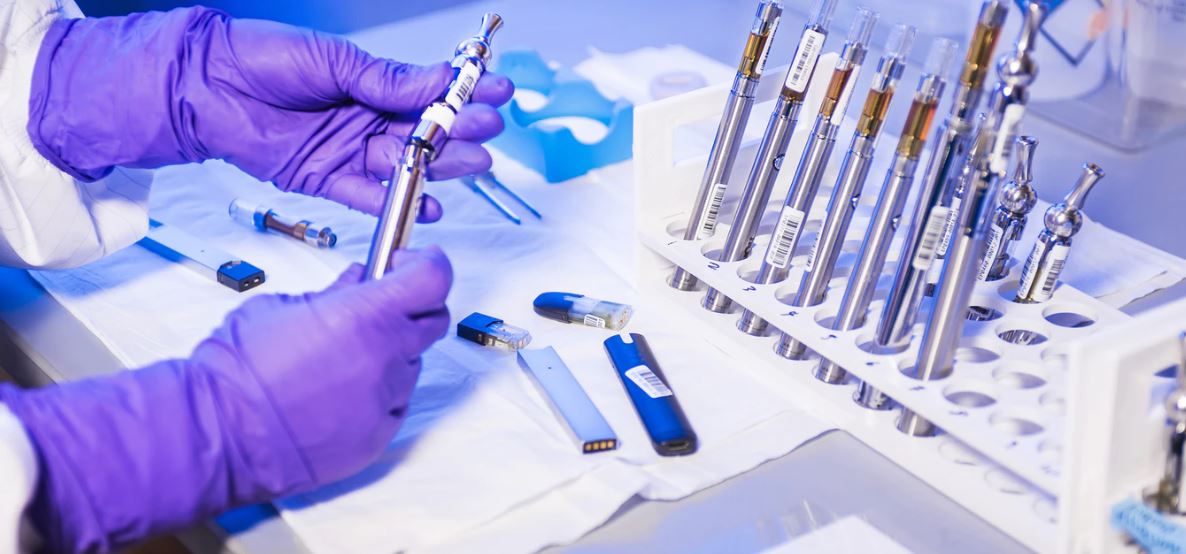Doctors have now confirmed the second HIV cure by stem cell transplant since the Berlin patient in 2007. They first applied this kind of medicine when the Berlin patient needed a stem cell transplant after an acute myeloid leukaemia diagnosis. Prior to that, the patient had lived on antiretroviral drugs.
The doctors had the opportunity to explore more by asking the Berlin patient to find the CCR5 gene mutation donor. People who have the CCR5 gene mutation are practically immune to HIV. After transplant with the CCR5 gene mutation, he was treated of his leukaemia and cured of HIV as well.
Who gets the cure for HIV?
The United Kingdom Researchers confirms that the second patient now shows a similar pattern as the first after the transplant. HIV is now in retreat and undetectable in the blood and is published in The Lancet.
The second person underwent a transplant for Hodgkin lymphoma. The Lancet reports on this show that the cells the new patient received the CCR5 gene.
Nonetheless, after the transplant, the HIV viral load remains dormant in the blood, cerebrospinal fluid, intestinal tissue, lymphoid tissue and semen samples 30 months after ceasing antiretroviral medication.
Doctors also stated that the genetic elements of the virus might still be in the system but they cannot replicate the virus.
Prof. Ravindra Kumar Gupta shares his delight in the success of stem cell transplant for HIV the second cure. He says it shows that the process can be reapplied.
This treatment method can not instantly be extended to other HIV patients. Most especially, not to those whose antiretroviral treatments are efficient.
The process still requires a lot of studies to enable doctors to overcome ethical and scientific boundaries and to be more efficient and safe.
Grafting the CCR5 gene into the body of an HIV patient has to be the last resort for HIV cure.




